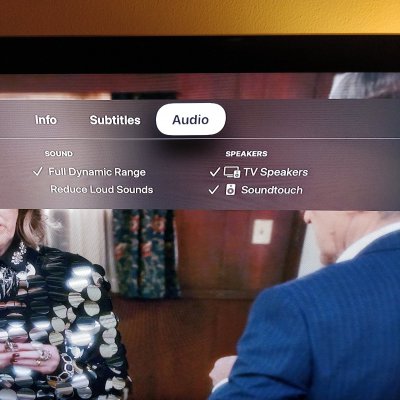It probably is the 2.4ghz wifi router and bluetooth interference problem. Apple TV is much better, It is the only device unaffected. Even my laptops and older phones drop but somehow apple tv manages to stay strong and stream without buffering.Hello experienced members of ATV and the other two streaming box (FTV4K and MiBox 4K) -
Query as follows ; (This is very noticeable in Netflix App, not sure for Disney+ HT and Prime)
Once connected to any kind of Bluetooth Audio Device Netflix App Downgrade all 4K/4K HDR shows to HD version only in Mi 4K Box as well as FireTV 4K, Is this the same thing with ATV too?
Can anybody check and answer?
PS; If need to know BT device are Mi Airdots | One Plus Neck Band | Fiio BTR 3 & 5 | Fiio Q5s | Topping DX3 Pro
My devices were bose qc35/nc700.



